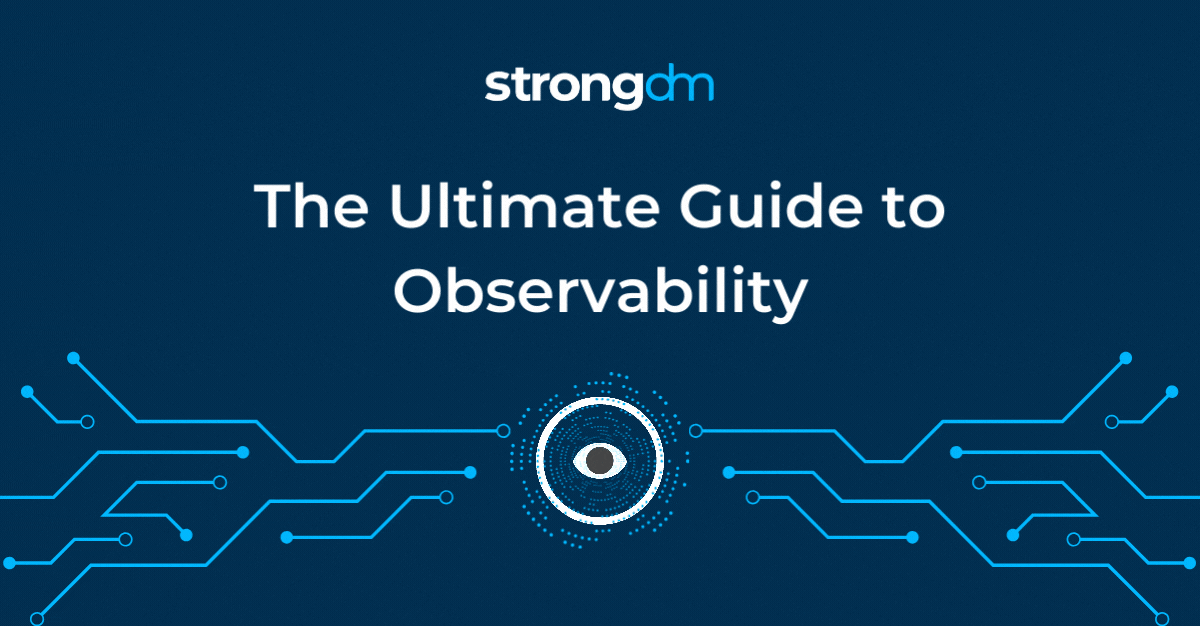Observability vs Monitoring
Observability and monitoring are often spoken of together in reference to IT software development and operations (DevOps) strategies. While both play an important role in ensuring the safety of systems, data, and security perimeters, observability and monitoring are complementary, but not interchangeable, capabilities.
The essential difference between the two lies in the fact that monitoring tools reveal performance issues or anomalies a DevOps team can anticipate while observability infrastructure takes care of multifaceted, often unanticipated issues such as those arising from the interplay between complex, cloud-native applications in distributed technology environments.
- Monitoring collects and analyzes predetermined data pulled from individual systems.
- Observability aggregates all data produced by all IT systems.
As such, monitoring is static and one-dimensional because monitoring tools track expected events in specified applications and systems. Observability on the other hand is contextual, proactive, and dynamic. It takes account of the interactions between multiple—possibly even hundreds of—systems at once and explores properties and patterns not defined in advance.
While monitoring alerts a DevOps team to a potential known issue, observability helps the team detect and solve the root cause of a previously unknown issue. This is because even when a particular endpoint isn’t directly observable, the information which comes from monitoring its performance can be used with the help of observability tools (metrics, logs, and traces) not only to identify an issue in real-time, but also to automate parts of the triage process so that issues can be instantly detected across the system as a whole.
For a full discussion of observability vs. monitoring, read our dedicated blog post.
Observability vs Telemetry
Telemetry, or more specifically telemetry data, facilitates and enables observability.
Derived from the Greek roots tele ("remote") and metron ("measure”), telemetry is the process by which data is gathered from across disparate systems to paint a picture of the internal state of the larger system that contains them.
In the case of the human body, for example, telemetry data such as blood pressure, temperature, and heart rate provides a window through which its internal state can be observed. For complex enterprises, the telemetry data measures performance across each element of the technology infrastructure from servers to applications and includes user analytics as an indicator of system health.
In the IT context, there are three types of telemetry:
- Metrics: indicate there is a problem
- Traces: identify the source of the problem
- Logs: provide the forensic detail which reveals the root cause of the problem
Telemetry tools also standardize the data collected so it can be usefully analyzed by DevOps teams. This is vital in complex, cloud-native environments where data comes from a variety of sources and is of different types: structured, semi-structured, and unstructured.
While telemetry tools offer robust data collection and standardization, they do not independently provide the deep insight DevOps teams need to quickly understand why an issue is occurring so it can be effectively resolved. Effective observability depends on all three types simultaneously.
Observability vs Visibility
A key advantage of observability is that it enables organizations to discover the root cause of systems problems and then resolve them— saving time or money for the organization, improving the customer experience, preserving profitability, and loosening production bottlenecks.
Root cause analysis and problem resolution are possible because observability solutions take account of an IT infrastructure in its entirety. That means DevOps teams have end-to-end visibility of data as it moves around even the most complex, multi-layered IT architectures and interacts with different tools and systems. That visibility enables them to quickly identify data issues no matter where they originate. In turn, the faster mean time to detection (MTTD) leads to a faster mean time to resolution (MTTR).
MTTD is a key performance indicator in incident management and indicates the average amount of time required for an organization to discover an incident. Logically, the sooner an incident is known about, the sooner it can be remediated. MTTR is also an important performance indicator in incident management and denotes the average time taken to resolve a problem and restore a system to functionality.
Visibility on its own does not equate with observability. The distinction is that observability provides a holistic context for individual instances of visibility into discrete systems.



